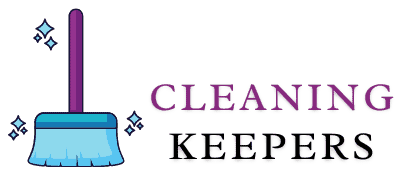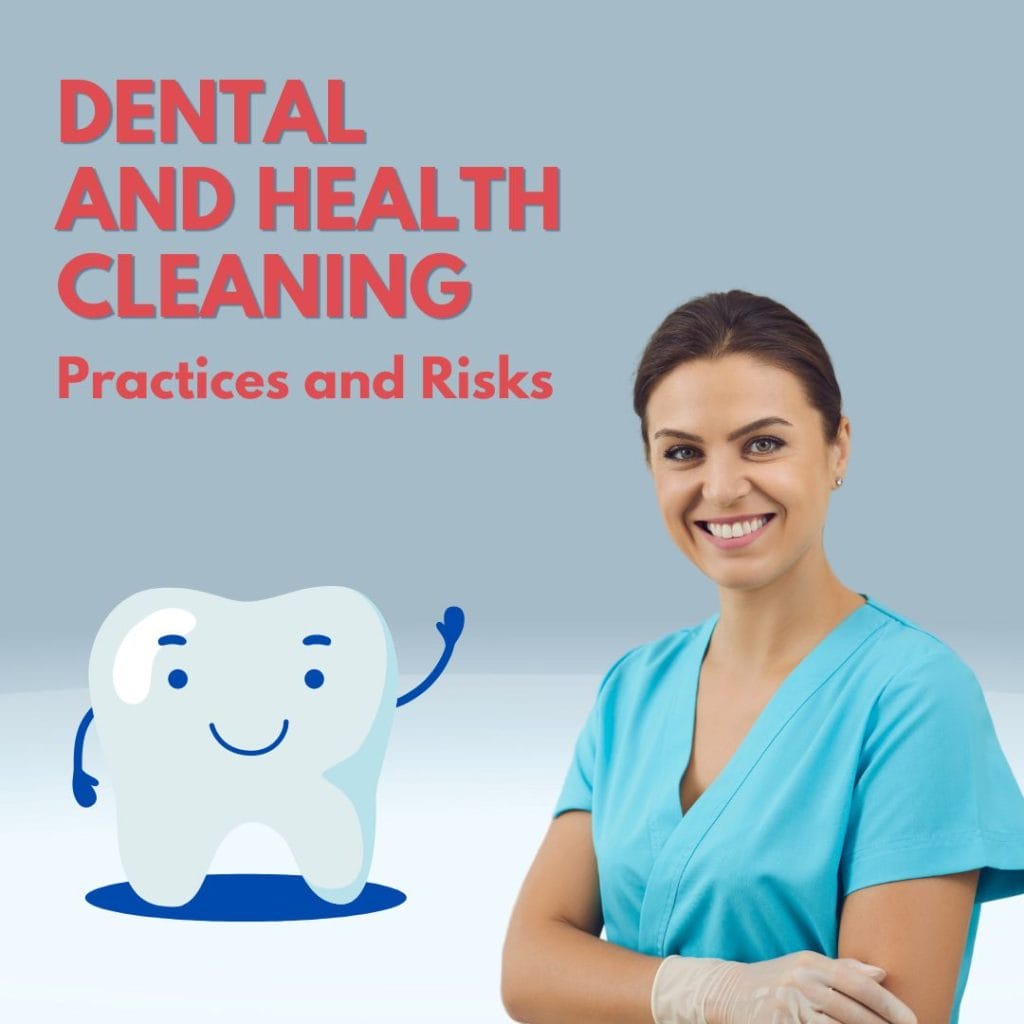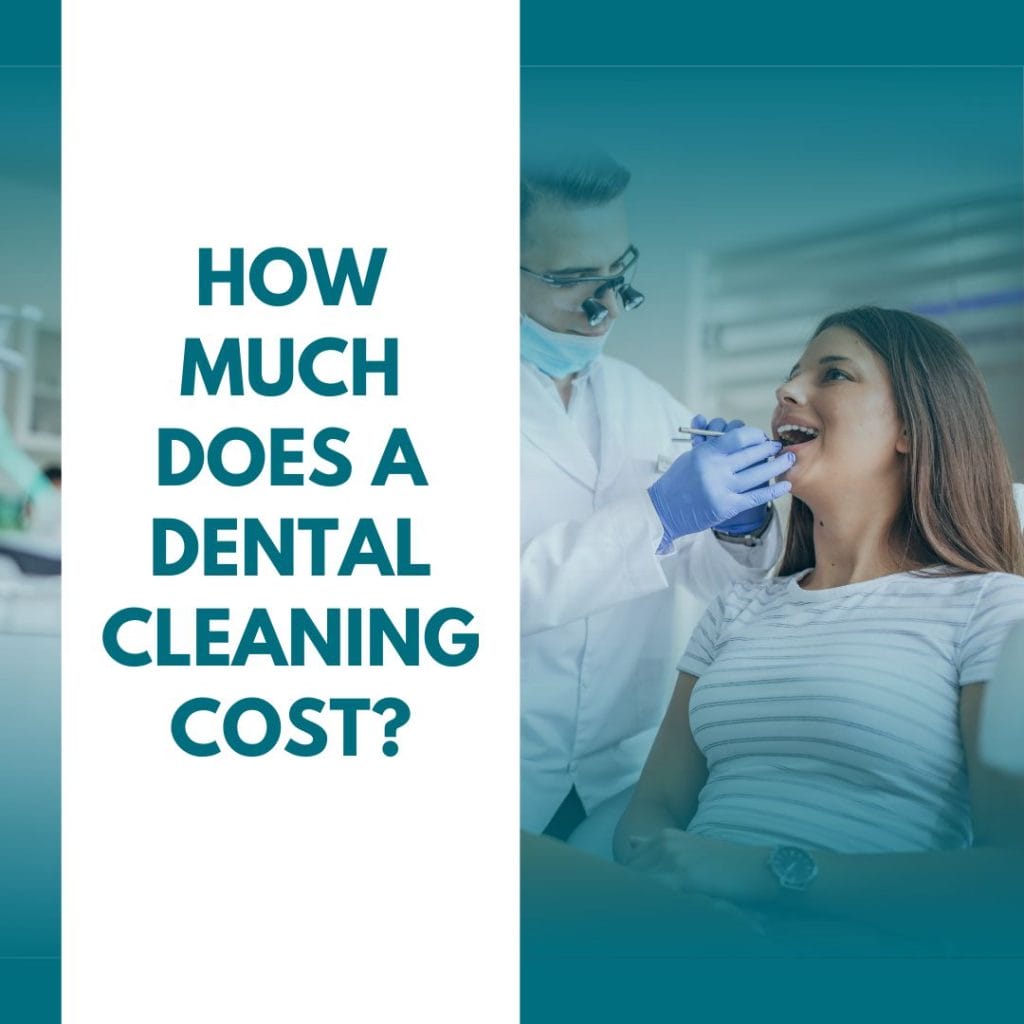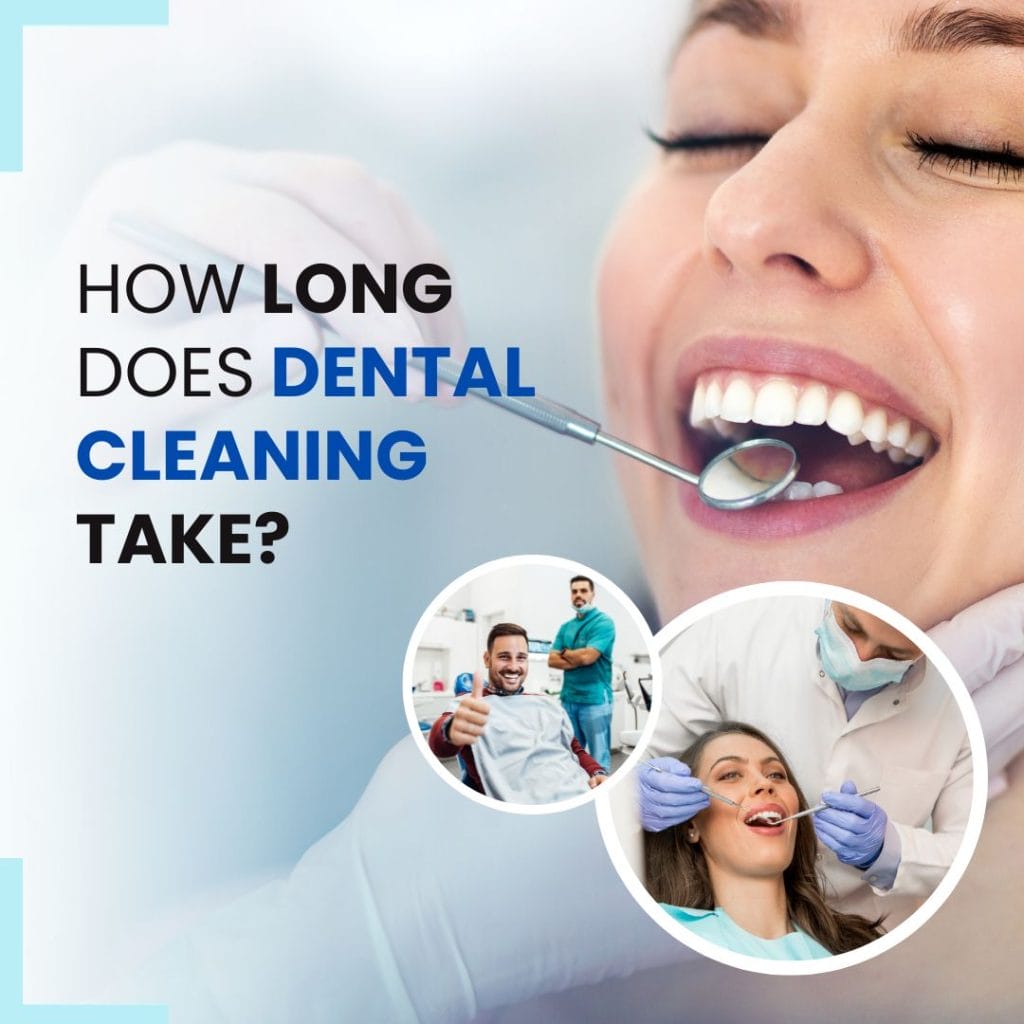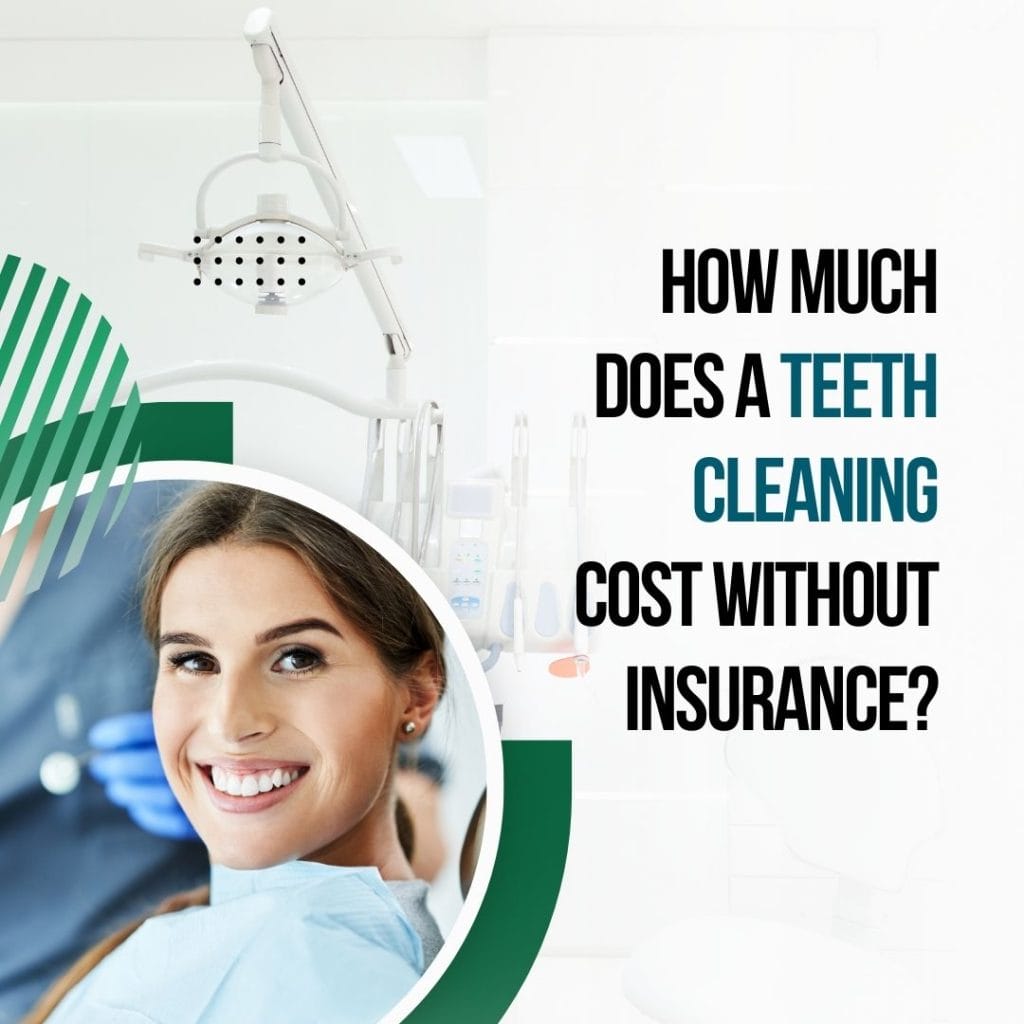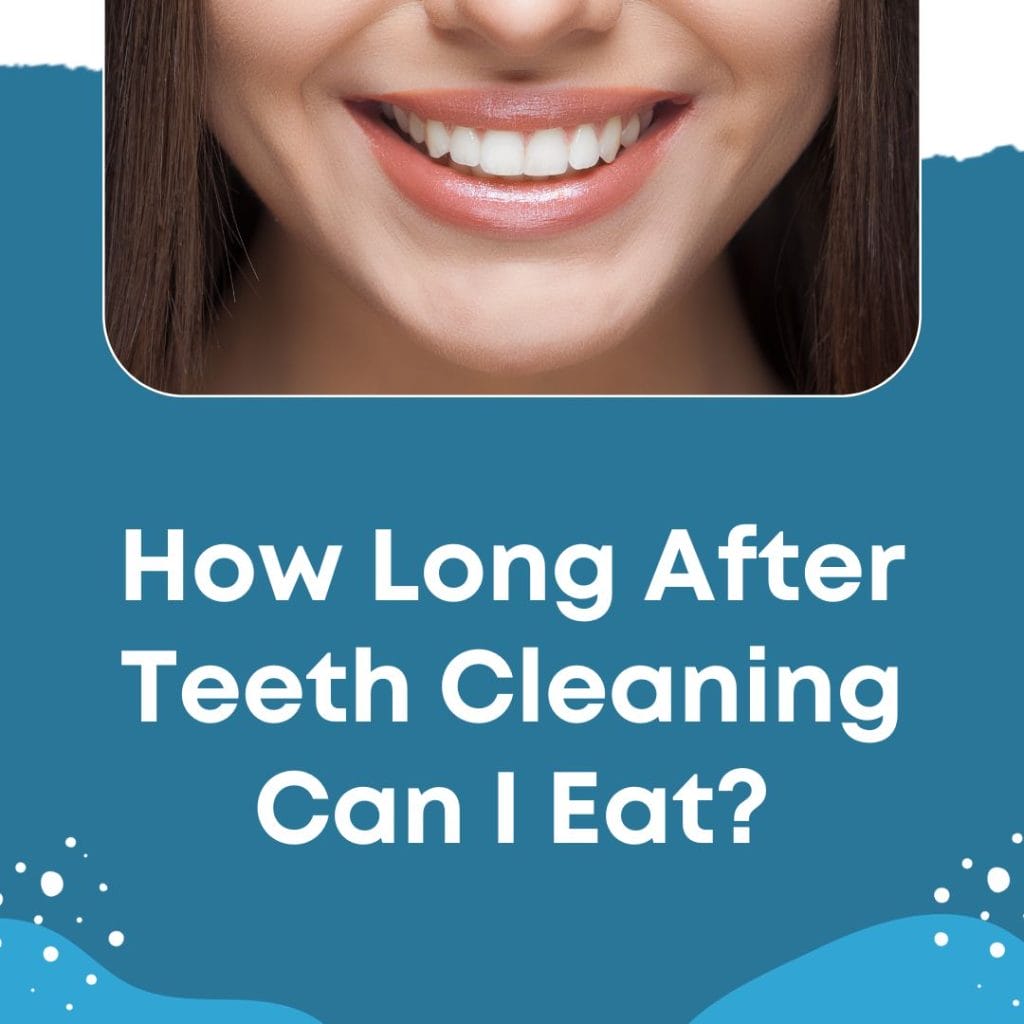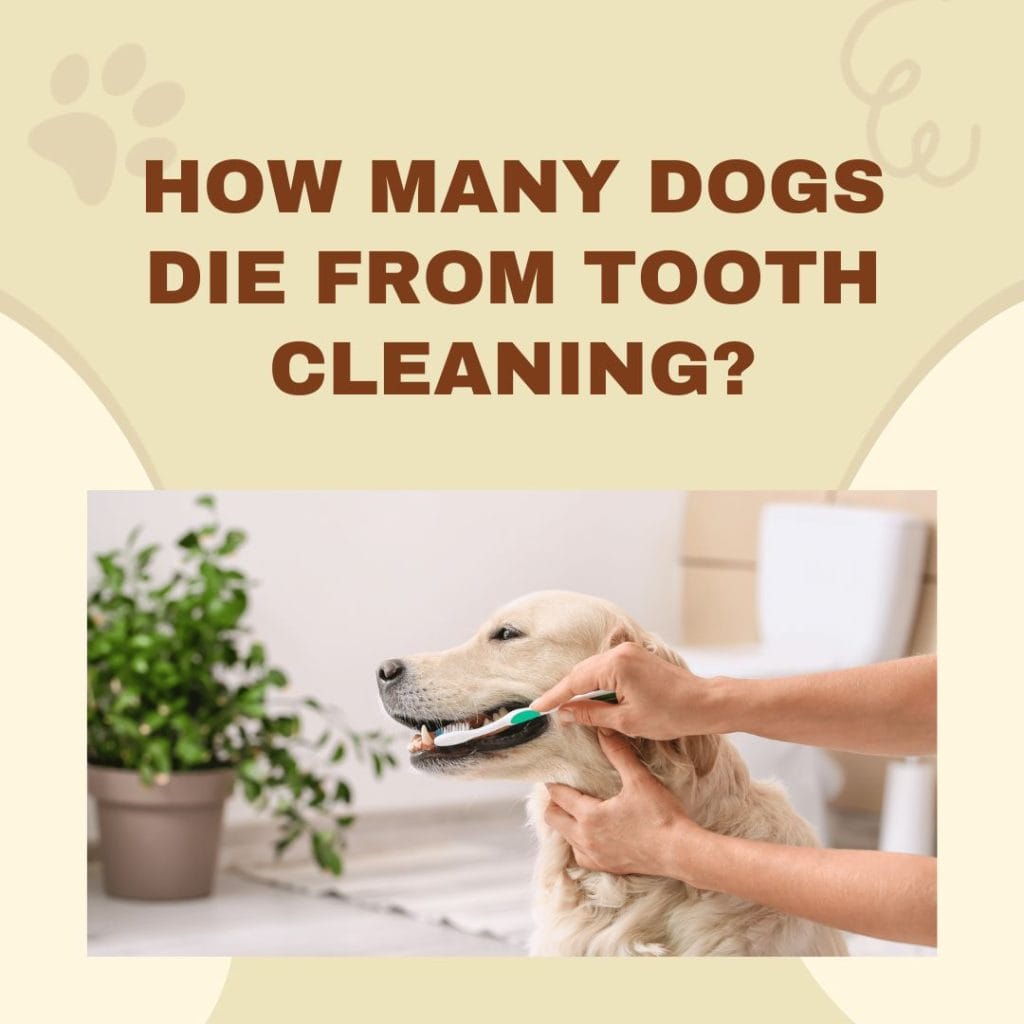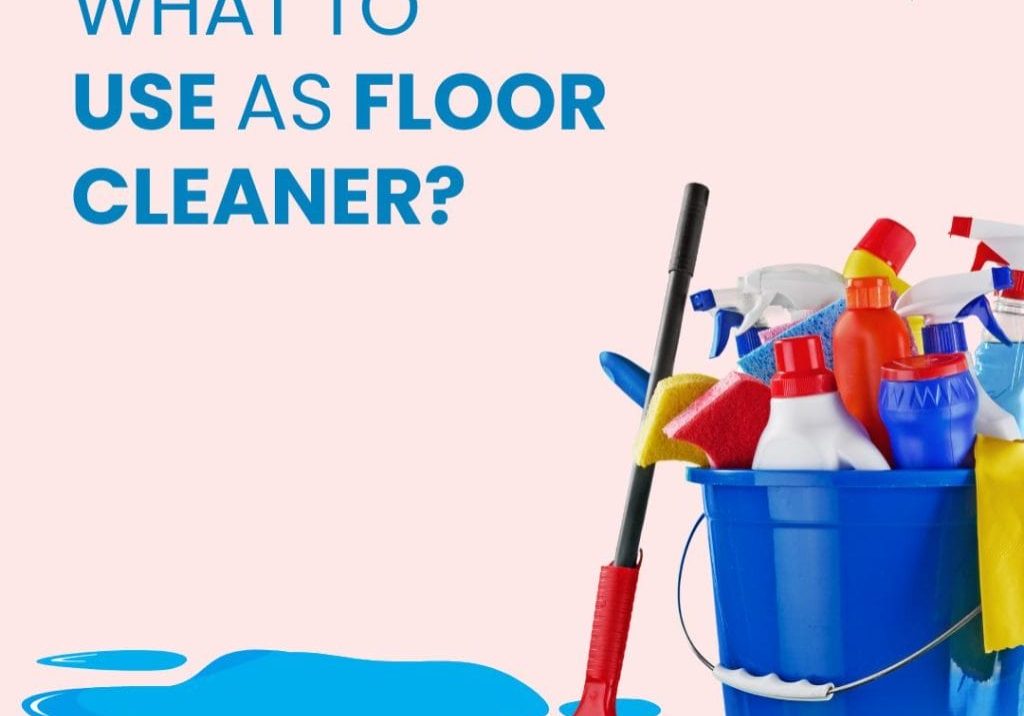Oral health is crucial to our overall well-being, often as a health indicator. Regular dental cleanings are one of the core bases of maintaining oral hygiene, which can significantly impact your health and quality of life. But, you may often wonder, “How much does a dental cleaning cost?” or specifically, “How much is a deep cleaning?” As business owners, understanding these costs, with and without insurance, holds added significance, not just for your health but also while considering dental plans for your employees. Let’s dive into understanding these expenses and their value for your business.
Understanding Dental Cleaning
Dental cleaning is a routine procedure that plays a crucial role in maintaining oral hygiene and detecting dental issues at an early stage. It involves the removal of plaque and tartar, polishing your teeth, and, sometimes, a process called deep cleaning. But how much does a dental cleaning cost, and specifically, how much is a deep cleaning? Let’s break down the costs associated with this valuable preventive care measure.
For a comprehensive overview of dental health and cleaning, refer to our detailed guide on dental health and cleaning.
Dental Cleaning Procedure
A dental cleaning is a professional procedure performed by a dental hygienist. It begins with removing plaque and tartar deposits using specialized tools, a process known as scaling. This is followed by tooth polishing to remove stains and smooth the tooth surface. In cases of severe plaque buildup, a deep cleaning may be required, which involves a more intensive process of scaling and root planning to clean beneath the gumline.
The Difference Between Routine and Deep Cleanings.
Routine cleanings focus on the surfaces of teeth and the areas immediately below the gumline. On the other hand, deep cleanings, also known as scaling and root planning, go further below the gumline to remove plaque and tartar from the tooth roots. Deep cleanings are typically recommended when there’s significant gum disease or a high risk of it developing.
Cost Factors for Dental Cleaning
When it comes to understanding how much a dental cleaning costs, or specifically, how much a deep cleaning is, several factors come into play. Let’s delve into these cost determinants to shed some light on the expenses of maintaining oral health. Many wonder why a dental cleaning can sometimes be painful, and understanding this can help alleviate concerns.
Factors Impacting Dental Cleaning Costs
The cost of a dental cleaning can vary significantly based on three main factors. Firstly, location impacts cost, with prices often higher in urban areas due to increased overheads. Secondly, a dentist’s experience and reputation can affect the charges; experienced professionals may command higher fees. Lastly, the type of cleaning influences the cost. Routine cleanings are usually less expensive than deep cleanings, which require more time and expertise.
Comparison of Costs with and Without Insurance.
Dental insurance significantly influences cleaning costs. Insured patients often only pay a small copay or nothing for routine cleanings, considered preventive care. However, even with insurance, deep cleanings may incur out-of-pocket costs, as they are often subject to deductibles and co-insurance. Without insurance, routine cleanings can range from $75 to $200, while deep cleanings can cost between $150 to $350 per quadrant, making insurance a worthy consideration for business owners. For those without insurance, it’s important to understand the cost of teeth cleaning without insurance.
Dental Cleaning Costs Without Insurance
Navigating the terrain of dental cleaning costs without insurance can seem daunting. However, understanding the average fees can empower you to make informed decisions for your health and business expenditures. Understanding the duration of dental cleanings is important for planning your appointments effectively.
Detailed Discussion On the Average Costs Without Insurance.
The cost of routine dental cleanings without insurance varies significantly across the United States, typically between $75 to $200. This wide range is due to factors like your location and the dentist’s expertise.
Deep cleanings, on the other hand, are pricier due to their complexity. These procedures cost anywhere from $150 to $350 per quadrant, amounting to $1,400 for a full-mouth treatment.
Remember, these are average costs. The actual charges can exceed these ranges, especially in areas with a higher cost of living or for treatment from highly reputable dental professionals. Without insurance, the out-of-pocket expenses for dental cleanings can quickly add up, making it essential for business owners to weigh these costs when considering dental plans for themselves and their employees.
Additional Costs for Special Treatments (If needed).
Occasionally, dental cleanings may reveal additional oral health concerns that require special treatments. These treatments could include fillings, root canals, or periodontal therapy, with expenses above and beyond the basic cleaning cost. Typically, these additional costs range from $50 to $4,000, largely depending on the complexity and type of the procedure. Considering these potential costs when considering dental health expenses without insurance is essential.
Insurance Coverage and Dental Cleaning Costs
Understanding insurance coverage and its impact on dental cleaning costs is crucial for business owners, both for personal health and when considering dental health benefits for employees. Let’s delve into how insurance plans can affect the overall expense of maintaining oral hygiene through professional cleanings.
How Dental Insurance Affects the Cost of Cleanings.
Dental insurance plans significantly reduce the financial burden of dental cleanings. Most plans fully cover preventive measures like routine cleanings, meaning insured individuals often pay a minimal co-pay or nothing. However, when it comes to deep cleanings, costs can vary. While insurance typically covers a portion of these procedures, they are often subject to deductibles and co-insurance. Patients may still be responsible for a part of the cost, ranging from $150 to $350 per quadrant. Dental insurance can make routine deep cleanings more affordable, making it a valuable investment for small to medium business owners considering employee dental plans.
Insurance Coverage for Regular Cleanings.
Most insurance plans treat routine cleanings as preventive care, covering them entirely or with a negligible copay. This coverage usually extends to two yearly cleanings, aligning with the dentist-recommended biannual cleaning schedule. For business owners, selecting a plan that robustly covers routine cleanings can significantly reduce out-of-pocket costs and promote oral health among employees.
The Value of Regular Dental Cleanings
Regular dental cleanings are paramount for maintaining a brilliant smile and overall health and well-being, which carries weight for business owners and their workforce. Patients often ask how long they should wait to eat after a teeth cleaning, which is a key consideration for post-care.
Long-term Benefits of Regular Dental Cleanings.
Regular dental cleanings offer long-term benefits, including preventing tooth decay and gum disease, which can lead to tooth loss if left untreated. These cleanings can detect early signs of oral cancer and other health conditions. More so, maintaining oral health contributes to overall health, reducing the risk of certain heart diseases and strokes. For business owners, prioritizing regular dental cleanings can result in a healthier, more productive workforce. In addition to human dental care, understanding the risks associated with dog teeth cleaning is also crucial for pet owners.
Preventive Care vs. Cost of Treating Dental Issues.
Preventive care, such as regular dental cleanings, is often more cost-effective than treating dental issues that arise from neglect. Preventative treatments can detect potential problems early, mitigating the need for expensive procedures like root canals or tooth extractions. For business owners, investing in preventive dental care can mean significant savings in the long run while also fostering a healthier workforce.
Dental Discount Plans and Other Cost-saving Options
Exploring dental discount plans and other cost-saving options can be a strategic approach for business owners to manage dental cleaning costs, particularly when insurance coverage is not available or insufficient. Let’s delve into how these alternatives can offer financial relief without compromising on the quality of dental care.
Overview of Dental Discount Plans.
Dental discount plans are an affordable alternative to traditional dental insurance. These plans provide significant discounts on a wide range of dental services, including cleanings, for a low annual fee. Unlike insurance, there are no deductibles or maximums, making it a cost-effective option for business owners seeking to manage dental cleaning costs for themselves and their employees.
Reducing Dental Costs with Discount Plans
Dental discount plans reduce overall dental costs by offering discounts ranging from 10% to 60% off the dentist’s standard fees. This significant percentage off can result in substantial savings, especially for extensive procedures. Moreover, unlike dental insurance, there are no waiting periods, meaning discounts apply immediately upon enrollment. This can be a cost-effective solution for small to medium businesses looking to manage dental cleaning costs.
Conclusion: Investing in Oral Health
Investing in regular dental cleanings is a pivotal and cost-effective strategy for maintaining optimal oral health. Understanding “how much is a deep cleaning” allows business owners to proactively manage costs while providing essential health benefits for their teams. Dental cleanings ensure a radiant smile and contribute to overall health by reducing the risk of serious ailments. Therefore, it’s worthwhile to prioritize preventive care and make wise investments in oral health. Encourage a culture of proactive dental care for long-term health benefits, fostering a healthier, happier, and more productive workforce.
